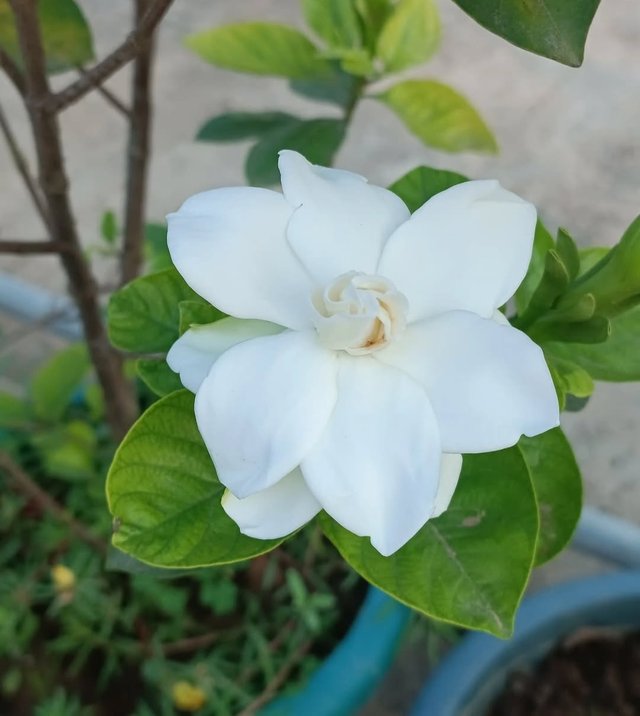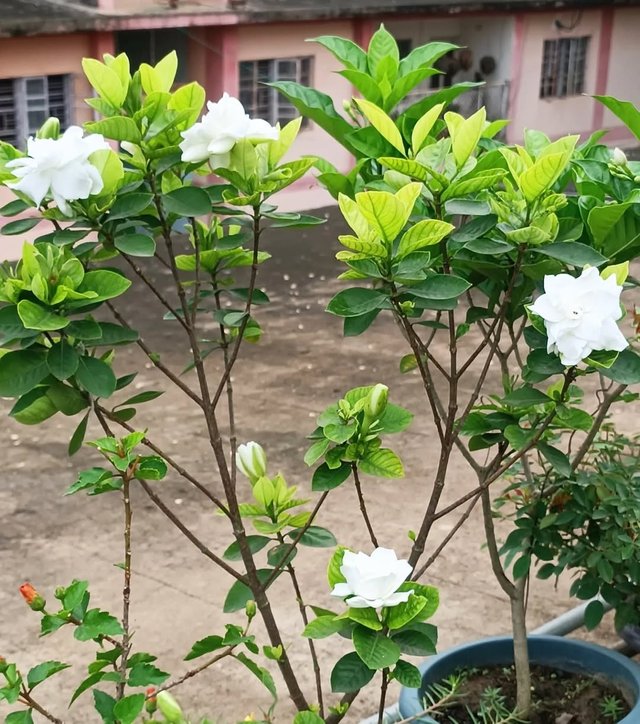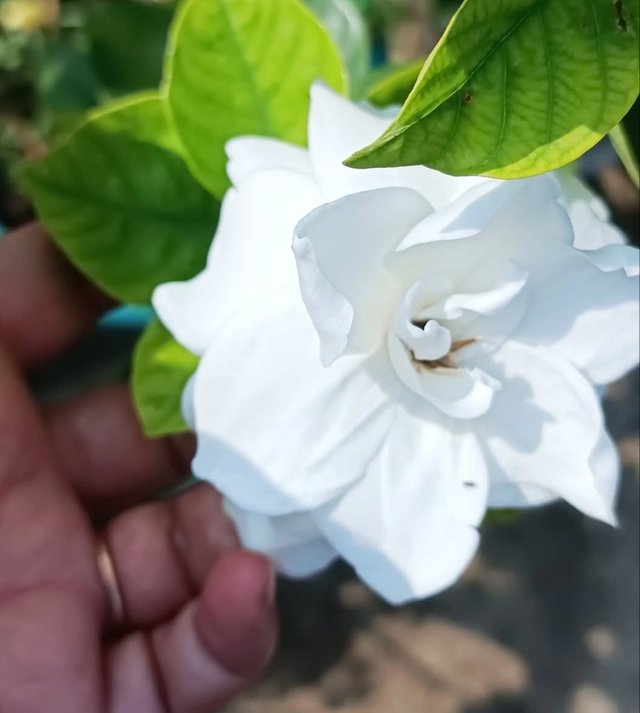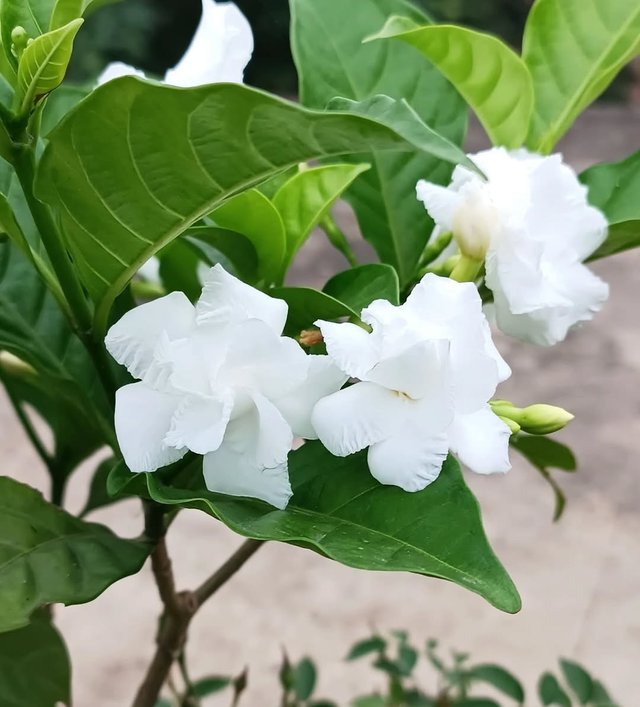White Colour Cape Jasmine Flower
Cape Jasmine: The Elegant Bloom of Fragrance and Beauty
Cape jasmine, often simply called "gardenia," is one of the most beloved ornamental plants in the world, celebrated for its exquisite white blossoms and intoxicating fragrance. A symbol of elegance and purity, this evergreen shrub has been admired for centuries, not only for its ornamental appeal but also for its cultural significance and practical uses.
Botanical Profile
Scientific Name: Gardenia jasminoides
Common Names: Cape jasmine, common gardenia, cape jessamine
Family: Rubiaceae
Native Range: Native to parts of China, Japan, and Taiwan, though it has spread across tropical and subtropical regions worldwide.
Growth Habit: An evergreen shrub or small tree, typically 1–2 meters in height, though some cultivated varieties can grow taller.
Appearance
Cape jasmine’s visual appeal lies in its lush, dark green foliage and stunning blossoms.
Leaves: Glossy, leathery, deep green leaves arranged in opposite or whorled patterns, creating a dense canopy.
Flowers: Large, creamy-white blossoms that can be single or double-petaled, measuring 5–10 cm across.
Fragrance: The plant is famous for its sweet, intoxicating scent, most intense during the evening.
Growing Conditions
Cape jasmine thrives in warm, humid climates and needs a bit of special care to flourish.
Light: Prefers bright, indirect sunlight or partial shade; too much direct sun can scorch leaves.
Soil: Requires acidic, well-drained, humus-rich soil.
Watering: Likes consistently moist soil, but overwatering can cause root rot.
Temperature: Best grown in temperatures between 18–24°C. It is sensitive to cold and frost.
Fertilization: Benefits from acidic plant fertilizers, especially during the growing season.
Thanks For Reading
Device Information
| Device | cannon eos 700D |
|---|---|
| Lens | 55-250 zoom leans |
| Location | Bangladesh |




